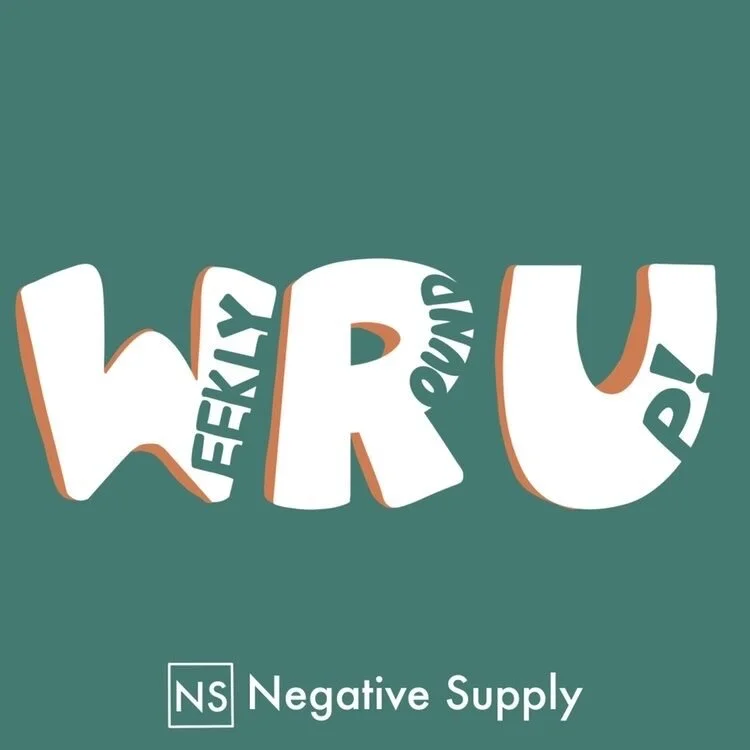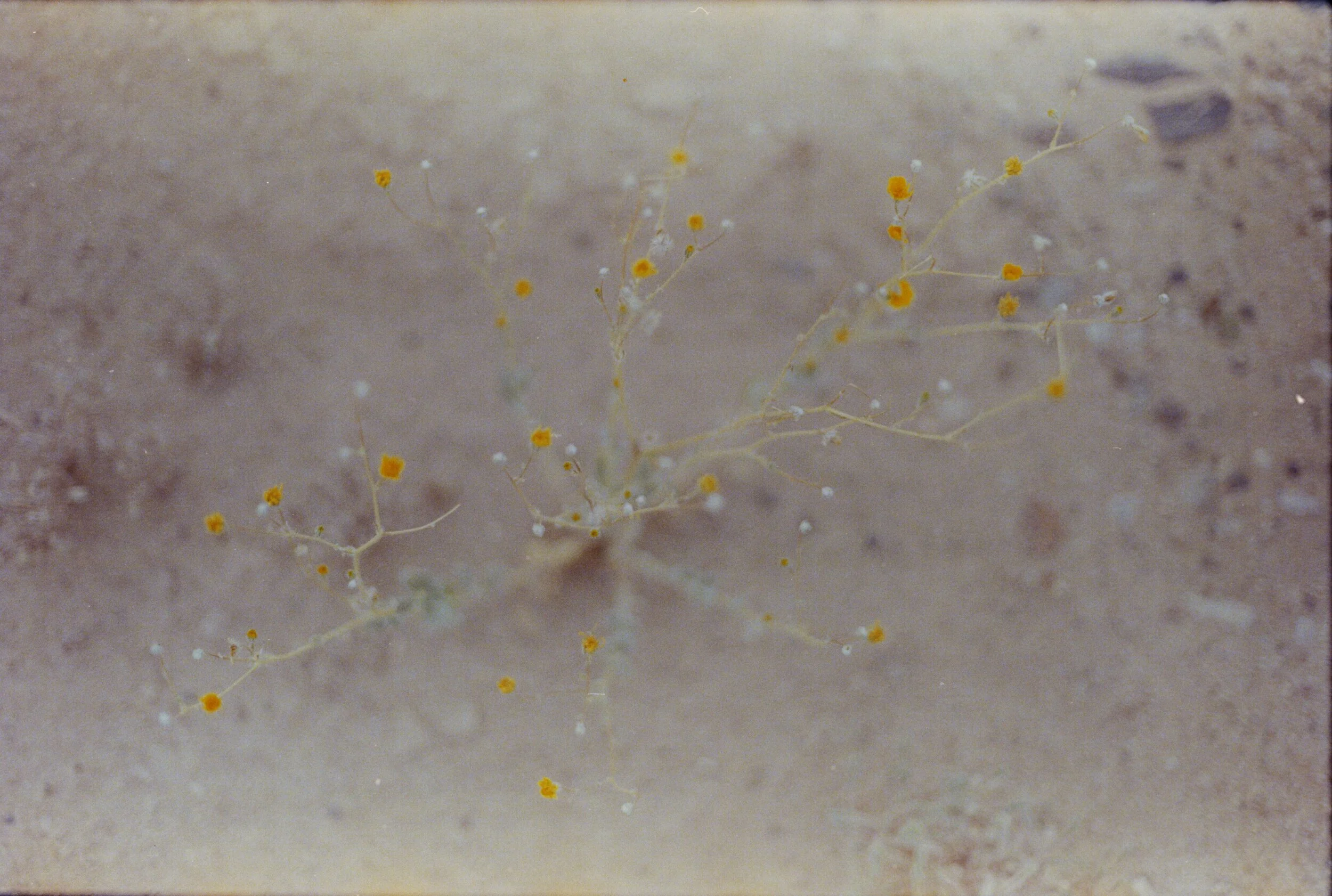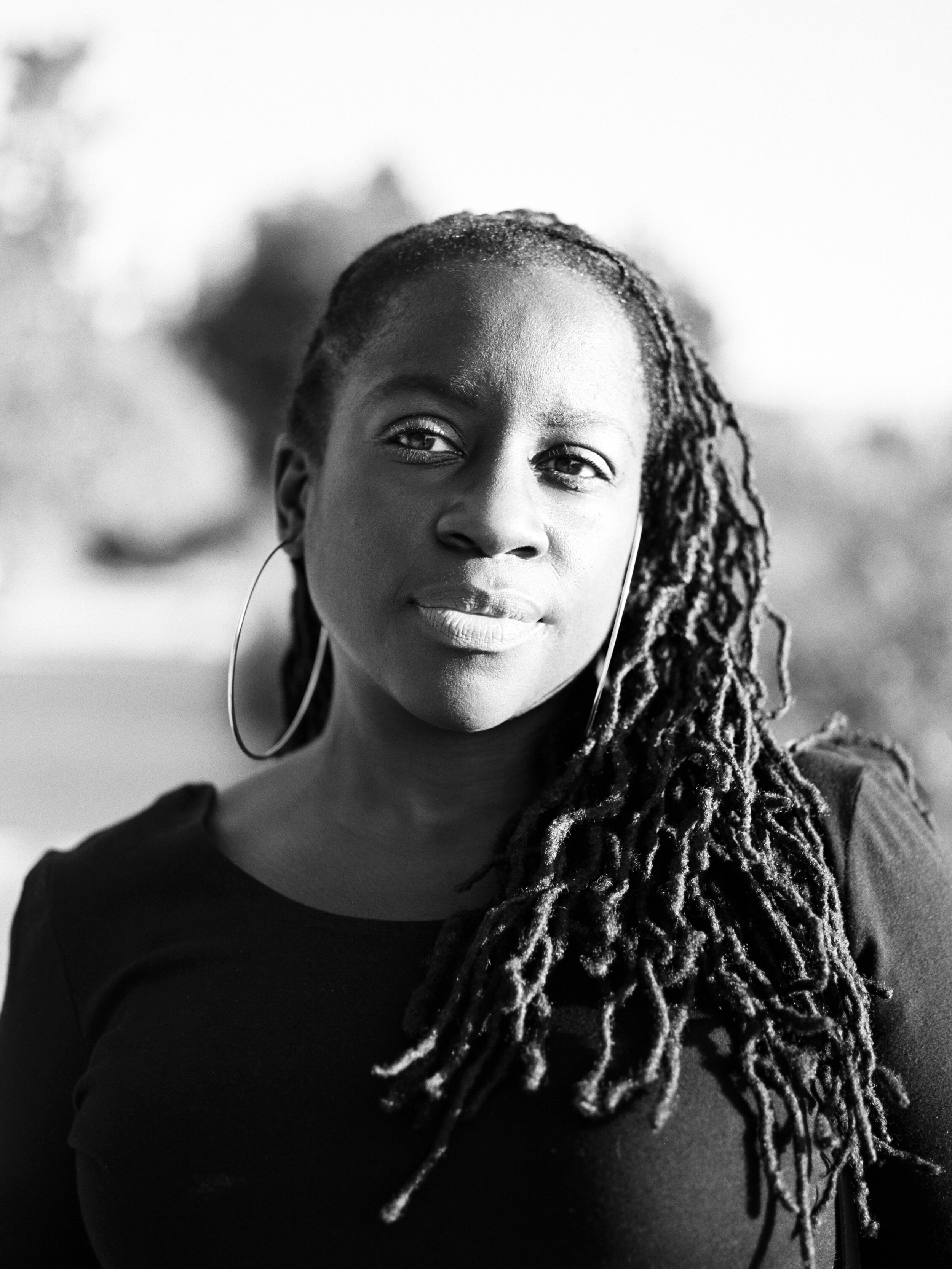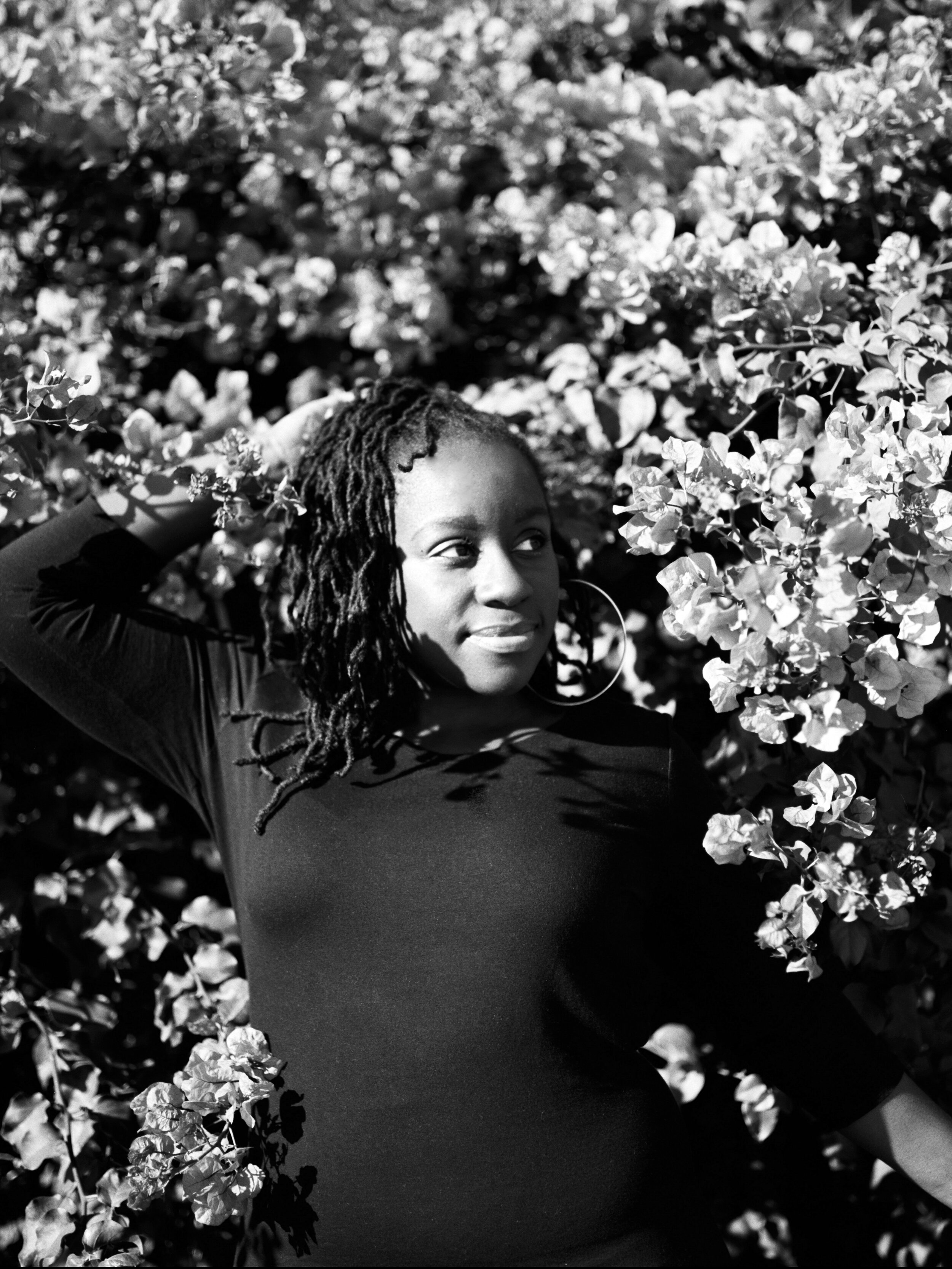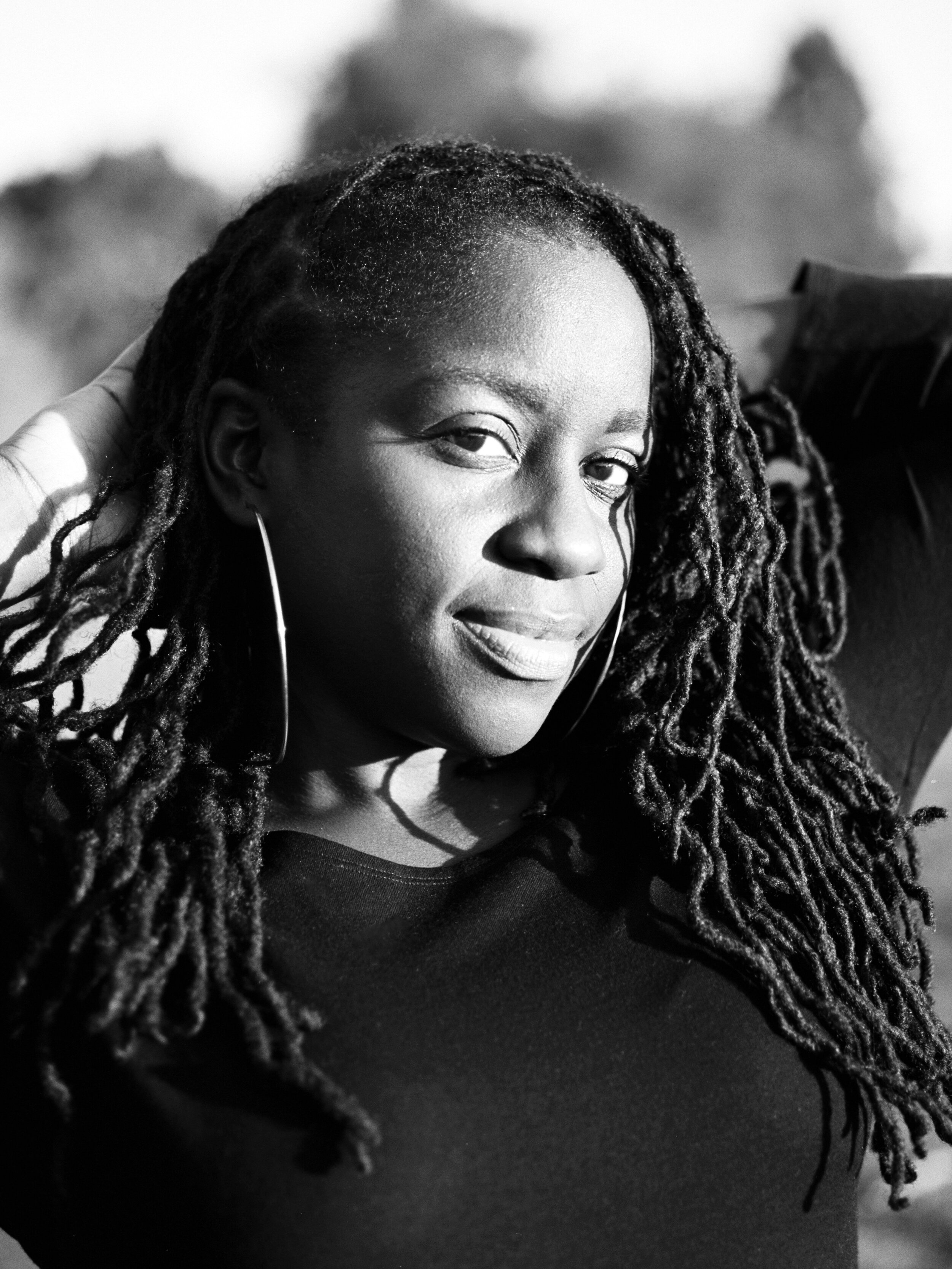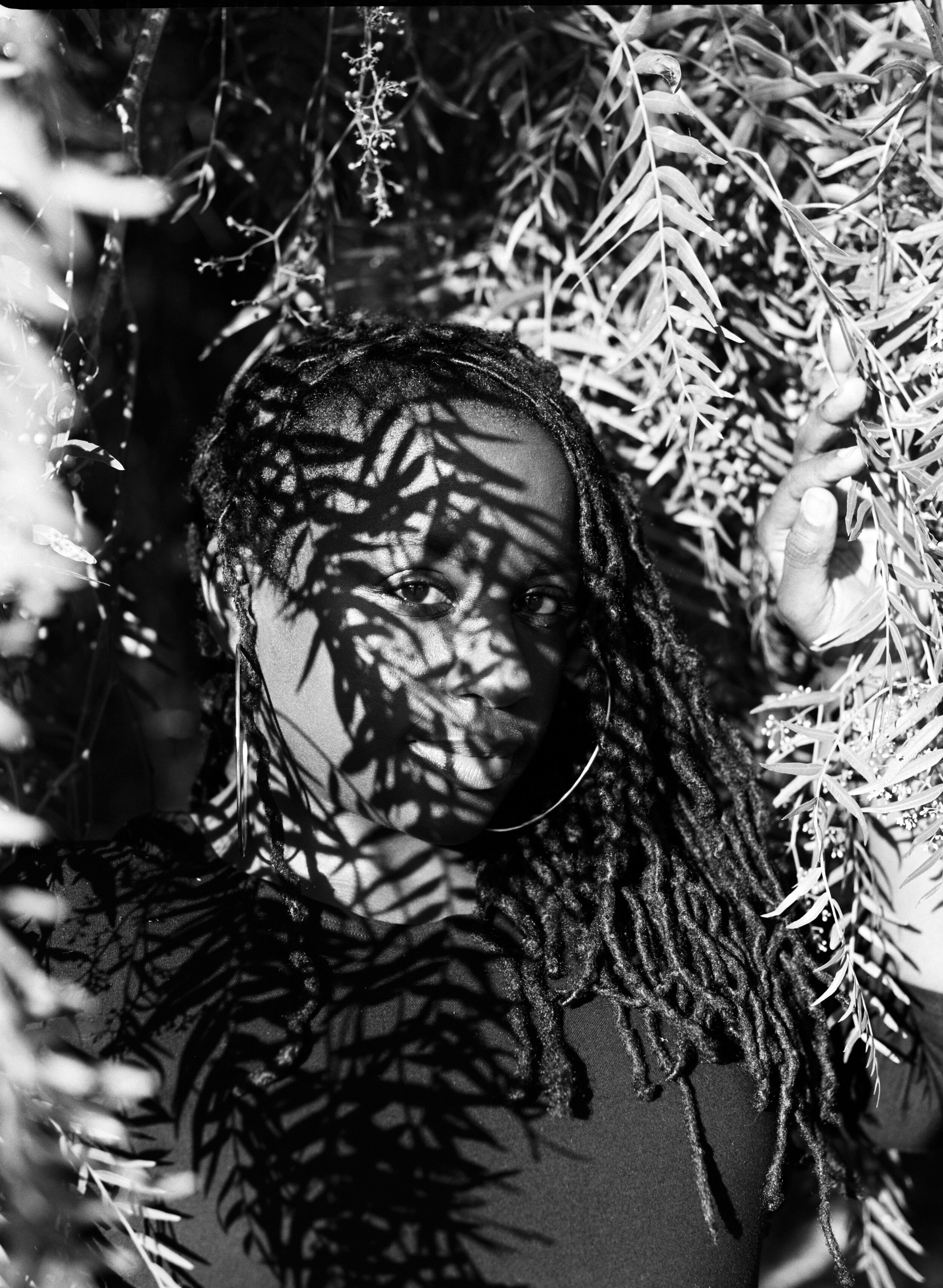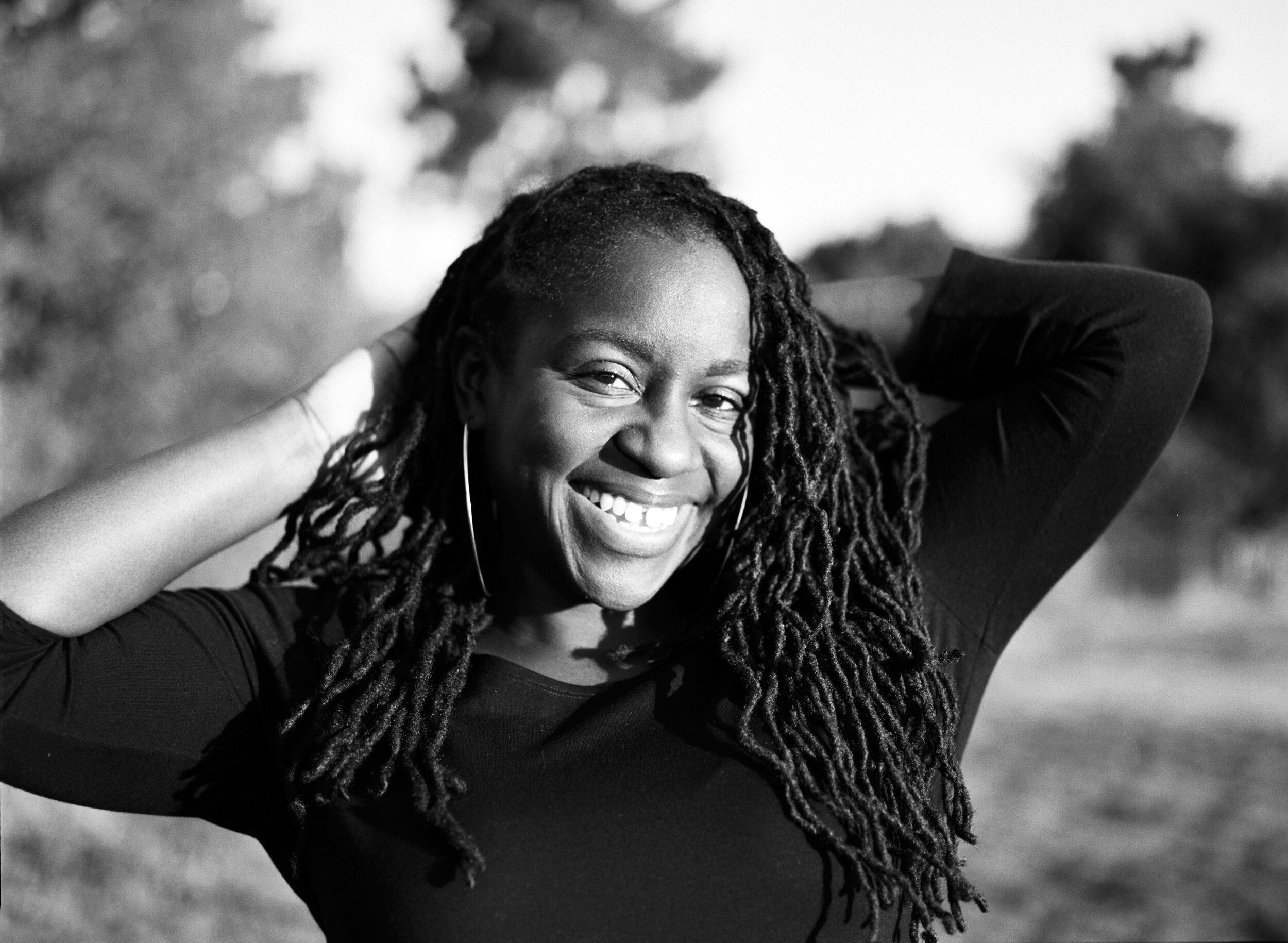Every week the Negative Supply team will share their favorite photography related content. Whether it’s a YouTube video we really like, a photo book we just picked up or a documentary we just watched. This is in an effort to highlight folks in the community, and inspire each other and you. Check out the links below!
Alan’s Recommendation:’ The Difference Between Anamorphic And Spherical Lenses Explained by In Depth Cine
“(As a creative person I have been dabbling in video and cinematography in general. Learning about the gear that's used to make your videos come to life is something that I've been very interested in lately. I love the “In depth Cine” channel and saw this video recently & thought this would be a great video to share for anyone interested in the art of cinematography.)’
Chris’s Recommendation: (How To) Zone Focus with a Leica Rangefinder and NEVER miss focus! by King JVPES
I just recently got my very first Leica (M4) and I want to get better at using a rangefinder for street photography. King JVPES gives a very in-depth explanation on what soon focusing is and how to use it. I’m definitely more comfortable with trying this technique after watching this video. Check it out!”
Natalja Kent www.nataljakent.com
“I love Natalja’s work on a visceral and sensory level. The abstraction allows the viewer to make their own experience when viewing. Amazing work to let wash over you.”











